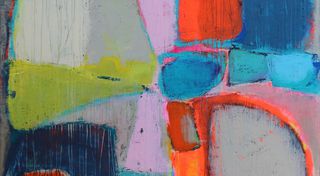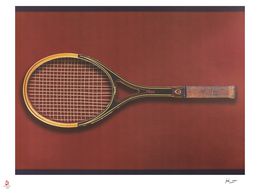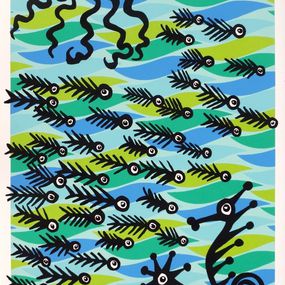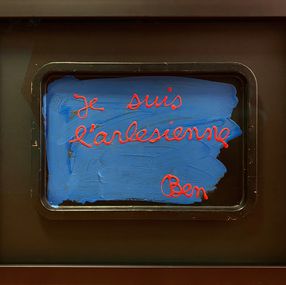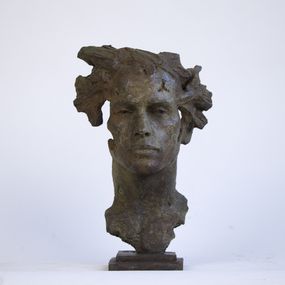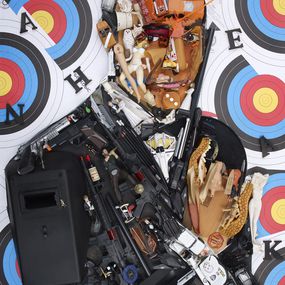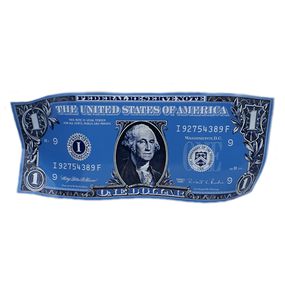
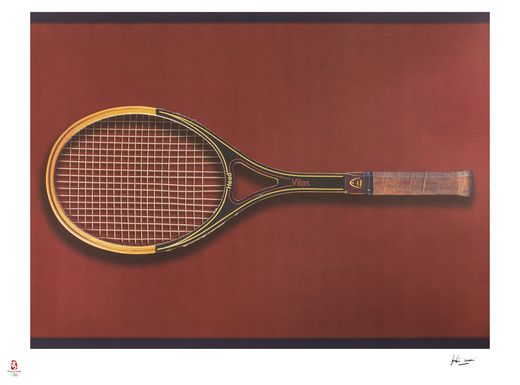
Biography
Fabio Mauri (1926–2009) was a major figure in the Italian post-war avant-garde. Born in Rome, he grew up between Bologna and Milan before settling permanently in Rome in 1957. In 1942, he co-founded the magazine Il Setaccio with his friend Pier Paolo Pasolini.Mauri taught experimental aesthetics for twenty years at the Academy of Fine Arts in L'Aquila. His rich and varied work spans performance, cinema, installation, found-object sculpture, mixed media artworks, and theoretical writings. He explored the ways history is interpreted and the power of language and ideology, particularly in relation to World War II and the Holocaust.In 1957, Mauri created the Schermi (Screens), his version of the monochrome, reflecting on cinema and television as new "symbolic forms" of the world. In 1964, he began investigating the specificity of European culture, which he identified with ideology. This exploration led to significant performances in the 1970s, such as Che cosa è il fascismo (What is Fascism), Ebrea (Jewish Woman), and Gran Serata Futurista 1909 – 1939 (Great Futurist Evening 1909 – 1939).Mauri participated multiple times in the Venice Biennale (1954, 1974, 1978, 1993, 2003, 2013, 2015) and in dOCUMENTA (13) in Kassel in 2012. His notable solo exhibitions include Fabio Mauri. I was not new at Hauser & Wirth gallery in London in 2019 and a retrospective at MADRE Museum in Naples the same year.His work addresses themes such as communication, manipulation, and the political dimension of the image in contemporary society. Mauri was also a publisher, critic, and professor, collaborating with leading Italian avant-garde intellectuals, including Italo Calvino, Umberto Eco, and Jannis Kounellis.In 2009, he was named Grand Officer of the Order of Merit of the Italian Republic by President Giorgio Napolitano, recognizing his extensive artistic career and his commitment to cultural promotion.Fabio Mauri left behind a powerful artistic legacy, in which historical memory and ideological critique play a central role. His work continues to be studied and exhibited internationally, reaffirming his role in examining the mechanisms of power and representation in art and media. As a witness to the transformations of the 20th century, he used various artistic media to question the impact of fascism, consumerism, and propaganda on individual and collective identity.His performances and installations remain among the most striking in contemporary art history, particularly for their ability to confront viewers with disturbing historical truths. Today, his works are included in the collections of major institutions such as Centre Pompidou, MoMA, and Fondazione Prada, testifying to their lasting significance in the international art scene.
